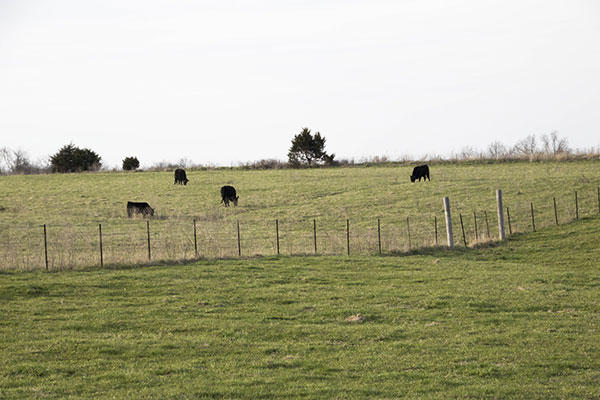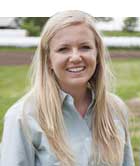
Stocking rate is the number of animals on a specific area for a certain period of time. This impacts not only the livestock operation, but also the wildlife habitat.
“Overstocking pastures leads to overgrazing, which is a significant issue for many operations,” Smith says. Poor forage and livestock production, soil erosion, wildlife habitat loss, weed problems, and depleted profitability on millions of acres across the country are some of the results that overgrazing produces.
Correctly stocking pastures can allow flexibility to provide or improve wildlife management, implement prescribed fire, adapt to drought or other adverse weather, or temporarily increase livestock numbers in years of above-average growing conditions.
Determine a stocking rate and adjust it through time according to precipitation patterns, plant communities, and other issues.
According to Smith, here’s how to start:
Step 1: Determine the number of grazeable acres in a pasture. Be accurate — use maps, online tools, or agency personnel as resources. For example, if a pasture is 100 acres and 20 acres are wooded and water, the grazeable area is 80 acres.
Step 2: Estimate how much forage a pasture typically produces on the grazeable acres. Start by reviewing forage production estimates on the soils. The Web Soil Survey provides estimates of average rainfall and drought years for native rangeland and introduced pastures. Check estimates by utilizing exclosures and collecting clipped samples in the field or using a grazing stick. You can also use records from past haying or grazing experiences.
Step 3: Do a few simple math equations. Assume a pasture has 80 grazeable acres and produces about 3,000 pounds of native grass forage per acre with average rainfall. Only 25 percent of standing forage will be used after accounting for at least 25 percent trampling and fouling and at least 50 percent being left to provide adequate regrowth and cover. Grazing livestock will be 1,000-pound cows with a calf.
- How much forage is produced per year in this pasture?
80 acres x 3,000 pounds per acre = 240,000 pounds per year - How much forage can be used?
240,000 pounds per year x 25 percent = 60,000 pounds per year - How many pounds of forage does an animal unit need per year?
780 pounds of forage consumed per animal unit per month x 12 months = 9,360 pounds of forage needed per year (larger cows require more forage) - How many 1,000-pound cows can graze on this 80 acres for one year?
60,000 pounds of forage produced per year ÷ 9,360 pounds of forage needed per year = 6.4 animal units per year (AUY) - How many acres are needed to provide enough forage for one AUY?
80 acres ÷ 6.4 AUY = 12.5 acres per cow for one year
Smith notes that these same principles can be applied to any property. He actually recommends stocking at a lower number of livestock than what is calculated to provide some additional flexibility against drought years.

Sydney Sleep grew up on her family’s Angus operation outside of Spearfish, S.D. She is currently attending South Dakota State University where she is pursuing a degree in agriculture communications. At college, Sleep is an ambassador for the SDSU College of Agriculture and Biological Sciences, is a member of Sigma Alpha professional agricultural sorority, and works as the communications assistant for the College of Agriculture and Biological Sciences. She is serving as the 2016 Hay & Forage Grower summer editorial intern.

